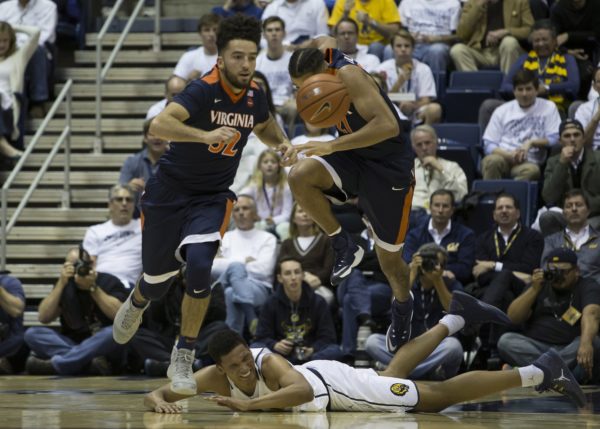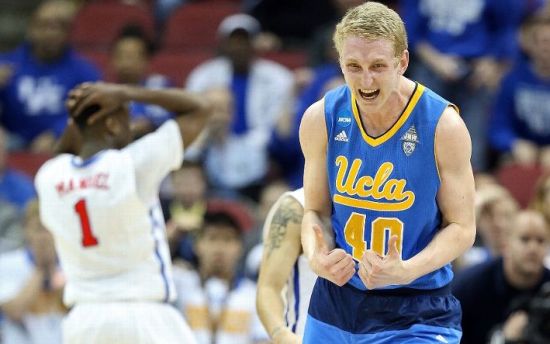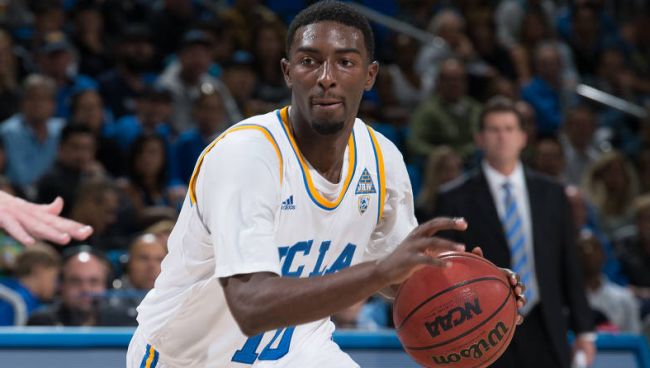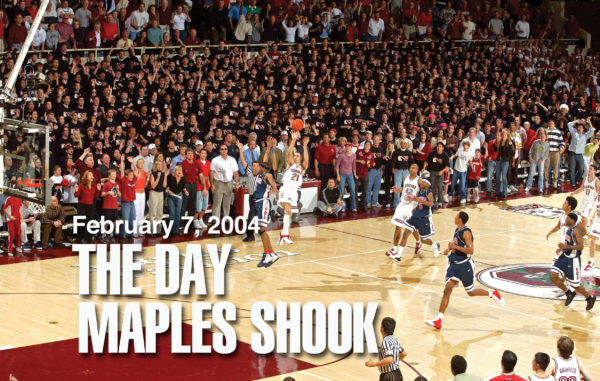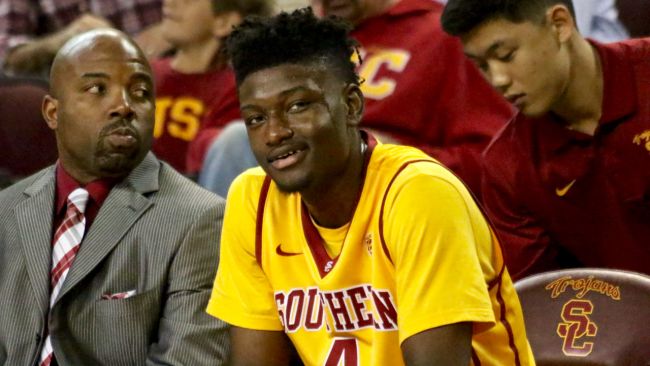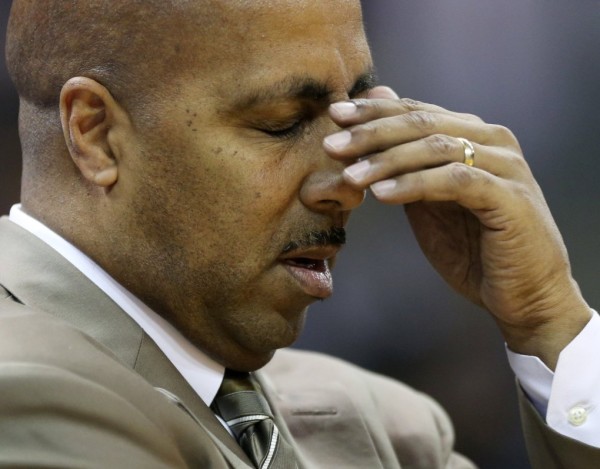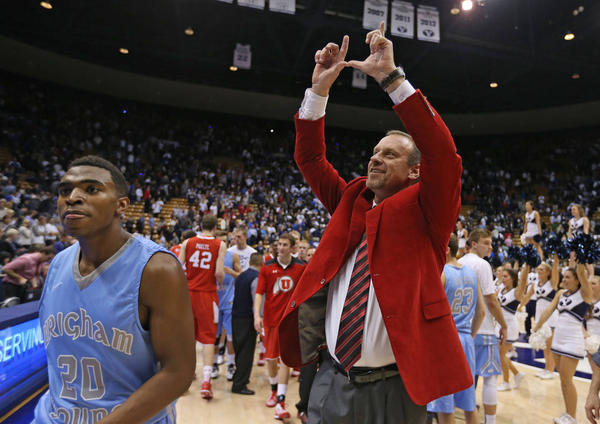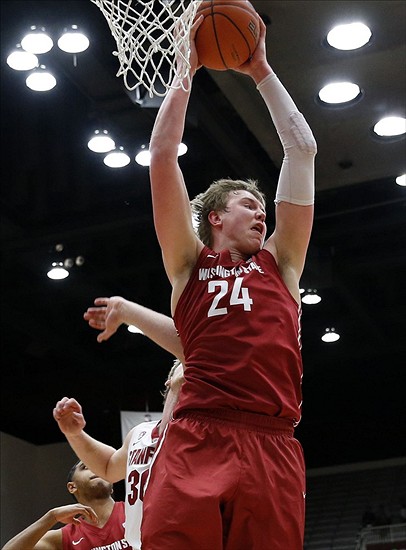Weekly Pac-5: Rim Protection
Posted by Adam Butler on January 6th, 2017Basketball, as we’ve discussed in previous Pac-5s, is a simple game. Score more than your opponent by playing better offense, defense or some sort of hybrid. In looking at the most effective ways to achieve this outcome, defensively speaking, rim protection is high. Let’s keep our opponent away from the shots that are most commonly and easily made: the layup and dunk. This key facet to the game is often attributed to the effort of big men — the lurking paint protectors threatening to put shots into the bleachers. And by that logic, we might consider rim protection quantifiable by a team’s propensity to block shots. It’s not wrong. Blocking shots is a tried and true means to protecting the rim. It also looks cool. But it’s not a comprehensive measure of rim protection. There’s also a team’s — or individual’s — ability to limit dribble penetration, force long jumpers, limit transition offense and so forth. Defense is a team effort and therefore to note that Oregon has the nation’s top block rate (20%) doesn’t necessarily mean they do the best job of protecting the rim (also of note: it doesn’t hurt the Ducks’ ability to limit layups and dunks).
In this week’s top-5, we’ll look at the Pac’s five best rim protecting teams. We’ll qualify this list by noting the five teams with the fewest total made shots at the rim. This does not take into account pace, unfortunately, which will dilute the total number of shot attempts against a defense. What I wanted to capture, however, was a team’s holistic approach to rim protection. By looking at the total number of made layups or dunks against those teams, we account for field goal defense and the propensity to limit overall shots (again, pace is a big component of this but also cannot be ignored as a strategy). A brief, contextualizing anecdote: Oregon owns the nation’s top block rate, yet teams still shoot 66 percent at the rim against them (fifth highest in the Pac-12) and allow the second highest percentage of shots at the rim. This perhaps suggests that Dana Altman’s team is content in allowing penetration to the rim, daring opponents to challenge Jordan Bell and Chris Boucher when they get there. The defensive risks then taken by Bell and Boucher could, perhaps, lead to drop off passes or putbacks, yielding a higher field goal percentage at the rim and consequently a slightly less effective rim defense. Here are the Pac-12’s five best rim protecting teams as measured by fewest layups and dunks allowed.
| Team | FGM at the rim | Rim dFG% |
| 1. California | 109 | 54.5% |
| 2. Arizona | 124 | 56.6% |
| 3. Utah | 138 | 50.6% |
| 4. Oregon | 145 | 49.4% |
| 5. UCLA | 146 | 51.3% |
In effect, each team exacts a different strategy to protect its rim. Be it through the collective or with a particularly lengthy big man, it remains a critical facet of the game.






























